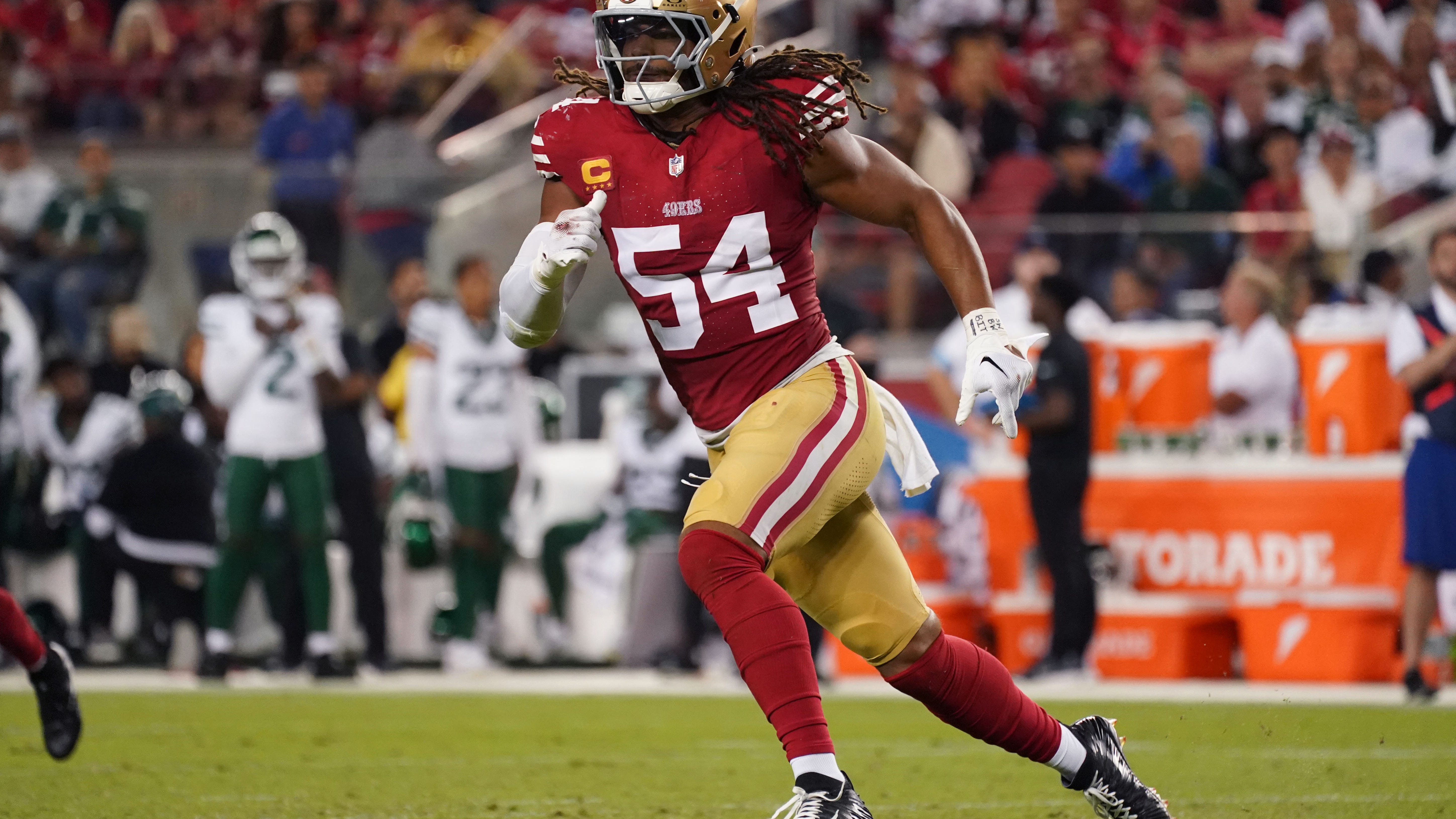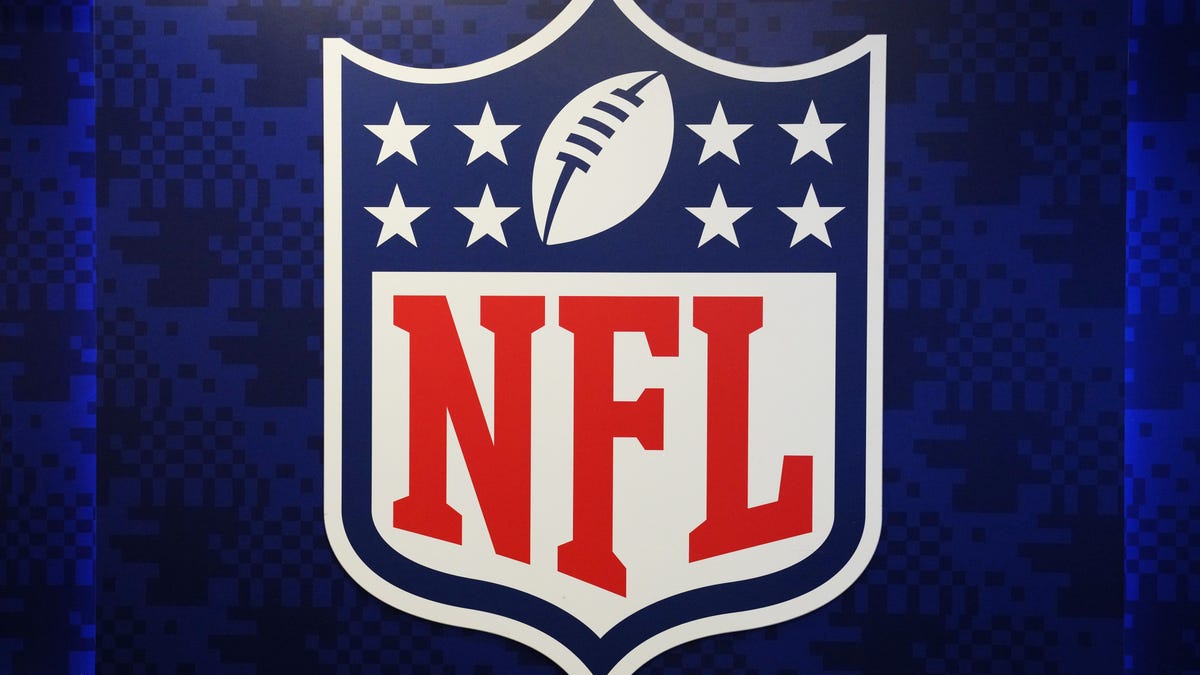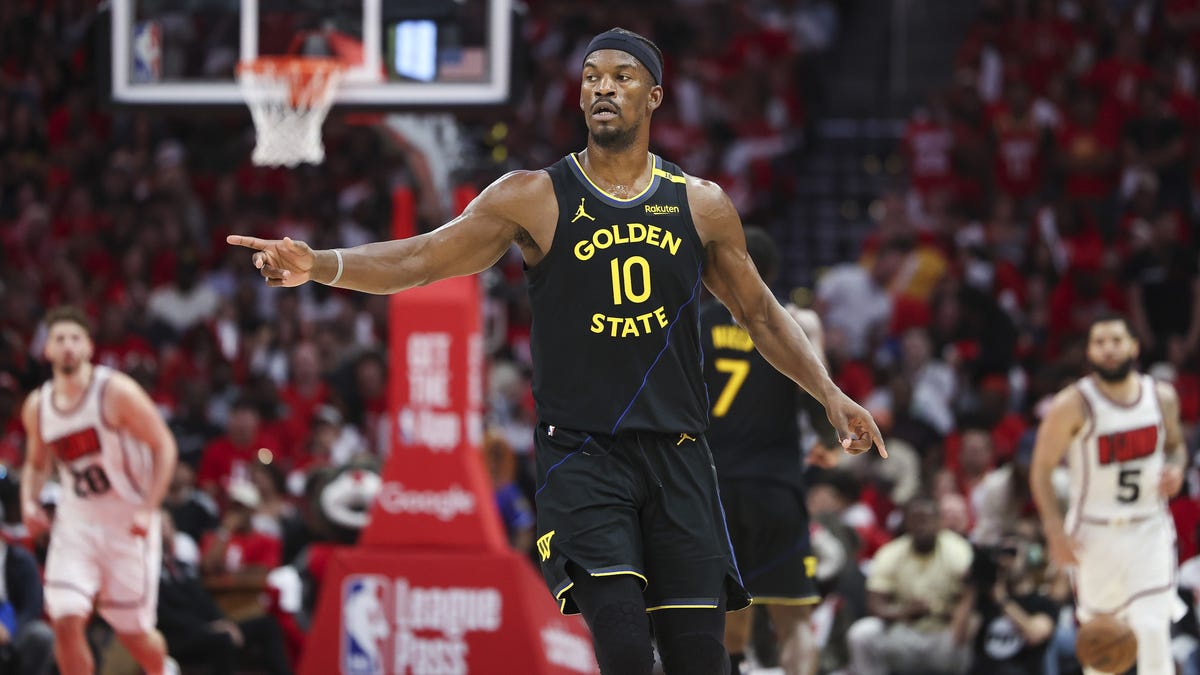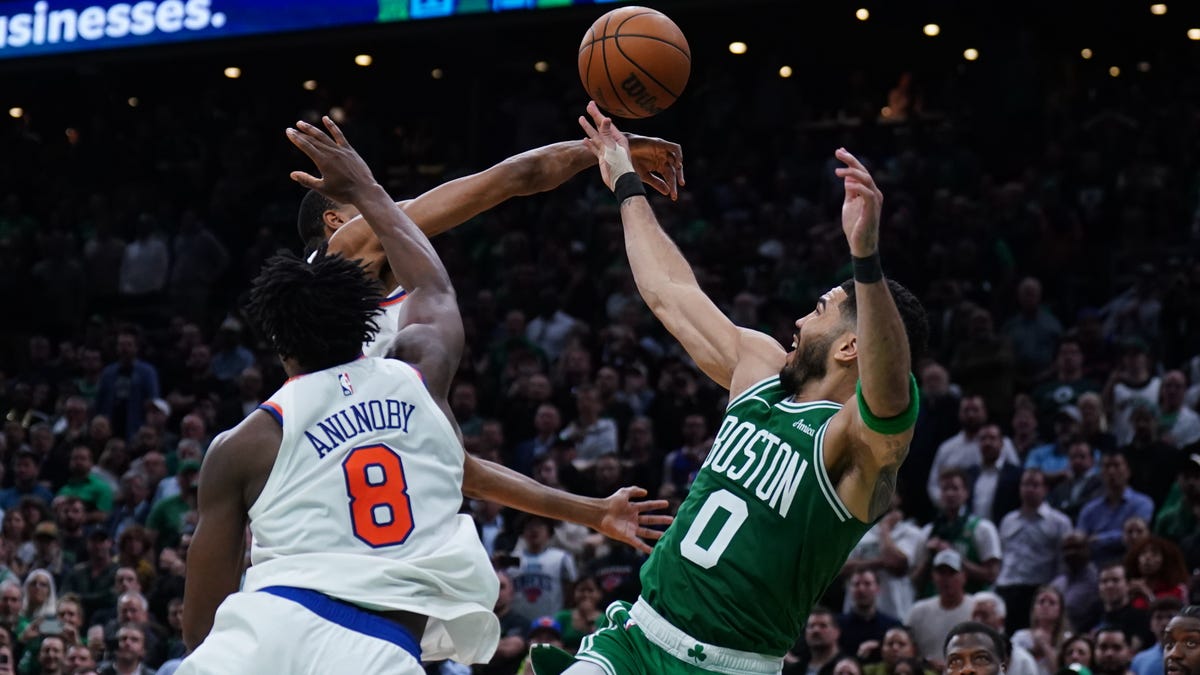
George Kittle on why the 49ers front offense should prioritize OL & DL help in the draft
49ers TE George Kittle says San Fran should target offensive and defensive lineman in the 2025 NFL Draft.
Sports Seriously
Two hiring cycles, two shutouts.
That’s another scorecard reflecting how slanted the playing field appears to be for aspiring minority coaches in the NFL. The Thursday hiring of Doug Nussmeier as New Orleans Saints offensive coordinator made it 29-for-29 over the past two years for white men landing the NFL’s open OC positions – which by the way is the most prominent stepping stone to becoming a head coach.
Hey, as anti-DEI forces intensify, let that sink in, NFL: 29 for 29!
No, this isn’t so much about Nussmeier, the former Philadelphia Eagles quarterbacks coach following new Saints coach Kellen Moore to the Big Easy. Maybe Nussmeier will someday become the next Sean Payton.
It’s the pattern – 29 in a row – that illustrates an imbalance undoubtedly playing out in a larger context. The current cycle, which began with seven head coach openings, resulted in one minority hire and four first-time head coaches leaping from offensive coordinator.
Without more minority coaches in the pipeline as top offensive coaches, the chances of them rising to become head coaches seemingly are more limited.
In other words, the one-for-seven result for minorities when it came to head coach hires this time around might have been a preview. Go ahead, connect the dots.
“It continues to be an eyesore,” Rod Graves, executive director of the Fritz Pollard Alliance, told USA TODAY Sports. The FPA monitors and supports equal opportunity for coaches and front office personnel in the NFL.
“We could have stood at this point last year, after last year’s hiring cycle, and looked down the road and expected we were going to still have issues because we’re not seeing any growth in the offensive room,” Graves said. “We’re not seeing growth in terms of diversity, when it comes to offensive assistants, quarterback coaches. That’s where the growth has to be apparent, before we get to offensive coordinators.
“And because of where we stand today, we’re going to be faced with these issues down the road.”
That’s sobering for Graves, whose organization has worked with the NFL over the years on multiple initiatives, including career symposiums and networking events, designed to enable equal opportunities. The FPA has also engaged with the league on the Rooney Rule since its inception in 2003.
Yet for all of those efforts, there’s still a sense with some minority coaches and long-time league observers that double standards persist.
“Take a good look at defenses in the NFL and even in the SEC – most of them outstrip the percentage of Black athletes in these leagues, with some teams starting 100% Black players!” e-mailed Harry Edwards, the renowned sociologist.
“We can decipher offenses and react amazingly to them, but we can’t coach offenses? Racism is TRULY insidious!”
NFL history provides further context. Decades ago, Blacks were systematically prevented from playing quarterback. Yet times have changed to the point where the Super Bowl 59 matchup pitting Patrick Mahomes and Jalen Hurts, marked the second time in three years those two Black quarterbacks met on the NFL’s biggest stage. And next season, at least half of the NFL’s teams could start Black quarterbacks for the first time.
That quarterback evolution, though, has coincided with barriers Black coaches and others in league circles over the years have suspected as being linked to a stigma that devalues their leadership abilities.
“We still need to turn attention to the commitment of ownership, and the commitment of teams to really level the playing field,” Graves said.
Who gets a shot? And when? The Jacksonville Jaguars’ fresh hirings of Liam Coen as head coach and Grant Udinski as offensive coordinator will bear watching against the context of experience. Coen, 39, served just one season as the Tampa Bay Buccaneers offensive coordinator. Udinski, 29, hired off the Minnesota Vikings staff, landed an OC role despite never being a position coach.
“I’m not discrediting their experience,” Graves said. “But there are a lot of people out there who should be on the radar that aren’t. Who have, as we say, paid their dues. What sometimes becomes apparent is that we’re not giving enough respect to the people who have put in a lot of work and a lot of time, and they are truly experienced at the job.”
Coen followed a path that his Bucs predecessor, Dave Canales, took the previous year. Canales (who is of Hispanic descent) became the Carolina Panthers coach last year after coordinating Tampa Bay’s offense for just one season.
The departures of the past two Bucs OCs are consistent with the bias that shapes the head coach market.
Sure, it can’t be ignored that some of the NFL’s most successful coaches – including John Harbaugh, Mike Tomlin and Sean McDermott – were never offensive coordinators. And neither was Bill Belichick, who guided the New England Patriots to six Super Bowl crowns.
This year’s cycle resulted in former Detroit Lions defensive coordinator Aaron Glenn getting the New York Jets job, while Pete Carroll and Mike Vrabel, steeped in defensive background, landed new shots with the Las Vegas Raiders and Patriots, respectively.
Still, more than half of the head coaching vacancies in recent years have been filled by offensive coordinators and there are currently zero Black offensive coordinators in the NFL and just one minority in that position (Mike Kakfa of the New York Giants, who is part Puerto Rican). The last non-white hired as offensive coordinator occurred nearly two years ago, when the Eagles promoted Brian Johnson.
According to research complied by USA TODAY Sports’ NFL Coaches Project, 15 non-white men were hired among the 29 defensive coordinator openings the past two hiring cycles. Non-white men were hired for five of the 15 head coach jobs over the past two years.
Will the statistics, trends and patterns move the needle?
As much as they should, the issue keeps popping up with every hiring cycle. Now, with a wave of anti-DEI sentiment flowing from the White House and through corporate America, the NFL’s response could be substantial.
The league has pledged to maintain its commitment to DEI principles, which theoretically includes maintaining various support programs and policies.
Graves says it’s still about equal opportunity.
“Nobody’s asking for quotas, or anything along those lines,” he said. “We just want a system where we all feel like we’ve got a shot when we put in the work.
“I think the league has it right. Our focus should be on creating a system of hiring that focused on a fair, open and competitive process. And if we’re focused on that, we’ll survive the rest of the stuff.”
At least that’s a plan.
Contributing: Tom Schad
Follow Jarrett Bell on X @JarrettBell.










